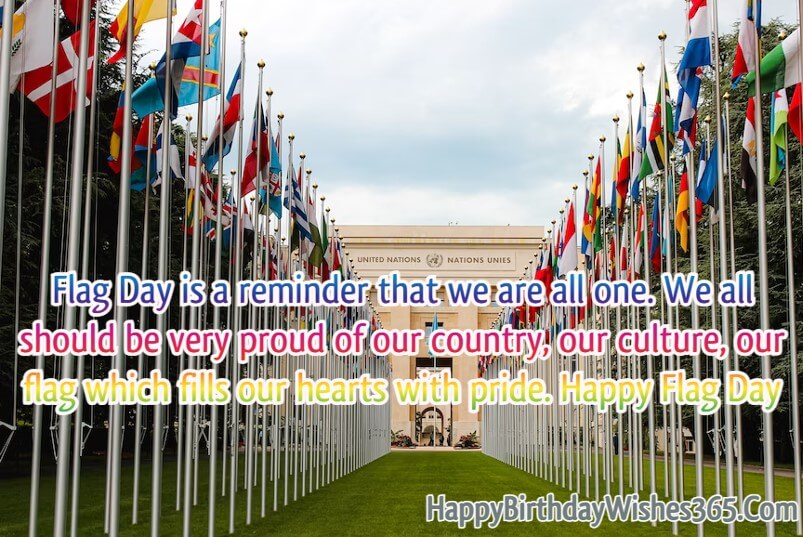A request for proposal (RFP) establishes a strong foundation for your organization in a procurement process.
An RFP is a document that an organization provides to announce a new project opportunity to interested parties through bidding. RFP software helps companies automate the process. Requests for proposals are time-sensitive and subject to change. RFPs make an early submission during the procurement process, especially preliminary study, a vital part of the process.
You may have heard the phrase, “If you build it, they will come,” from the 1989 baseball movie “Field of Dreams.” The story’s crux was that if Kevin Costner’s character blew his small farmer’s budget building a backyard baseball field, famous deceased players would return and play a “ghost game,” allowing fans to see the greats play one last time.
Costner had no idea what he was doing. His town thought he was crazy, and even his family started to question his judgment. But he formulated a plan for developing this field, followed through, and eventually reaped a great reward.
What is an RFP?
RFP stands for request for proposal. An RFP is a document that lists all of the requirements and needs of a project. It helps companies prepare for upcoming projects as a form of a proposal to potential contractors and agencies.
A request for proposal is like your company’s own field of dreams. Your request for proposal is the field you build. Interested vendors are the historic players who come to check out what you created and then offer you something in return.
Suppose your company is frequently contracting outside hires to accomplish projects. In that case, you must understand how to write an RFP, distribute it, and evaluate the RFP management responses. An RFP is how your company presents itself to professional contacts. You should take great care that it’s done correctly.
RFPs are a worldwide practice, and industry alone may not excuse you from completing or responding to one. They’re relevant documentation whenever you’re ready to contract a team to complete a project.
Creating an RFP is a multi-step process that involves external communication and RFP contract negotiations. From an amateur’s perspective, there are countless ways to get this wrong.
Therefore, let’s walk through the RFP process together, making sure you’re confident in your ability to compile these important business documents on the go. Also, learn more about the best RFP tools to guide you along the path.
Importance of an RFP
RFP is a mutually beneficial process. The stakeholders create an atmosphere of competition where hopeful candidates can put their best feet forward to win attractive opportunities. RFPs tell invited bidders, “Our door is open, come and make your best case.”
For vendors, RFP is an opportunity to look at clients and their project descriptions before any contracts are signed. This gives a vendor greater independence in choosing who to serve. Imagine discovering a client who is lacking guidance or professionalism before deciding to work with them.
You may waste precious time assuming each other’s goals and expectations. That’s why having expectations ironed out from the start helps your agency or organization in determining if you’re a good fit. While getting paid is great, getting paid for a job your team delivered perfectly is even better.
Who writes the RFP?
A request for proposal is an employee’s opportunity to advocate for themselves, their team, and their needs. Thus, an RFP should be written by these primary stakeholders in a project.
For example, you wouldn’t ask the head of finance to write an RFP for a new website design. This would be assigned to the team that most often works with the company website, such as the site administrator or the content team. The person or team writing the RFP should know the project well and be good at decision-making. Part of the RFP process is choosing a vendor to carry out the project, and only those invested in its success can make the best decision.
While CEOs and other higher-level executives may have daily visibility into the process, they’re not often expected to make the request. Another part of writing an RFP is including questions for vendors to answer or address in their response. These questions can be things such as, “what is your strategy for website design,” or “what is your success rate at completing a project during the given timeline?”
A higher-level executive may not have the best insight into what kinds of questions will help determine a good winner, which is why the best person to author an RFP is the one who’s invested in the project and its outcome.
